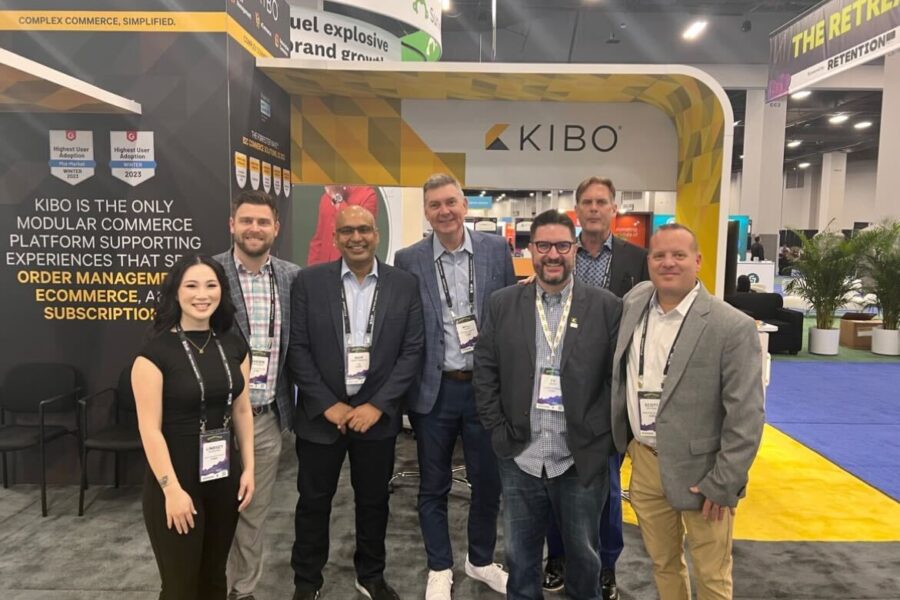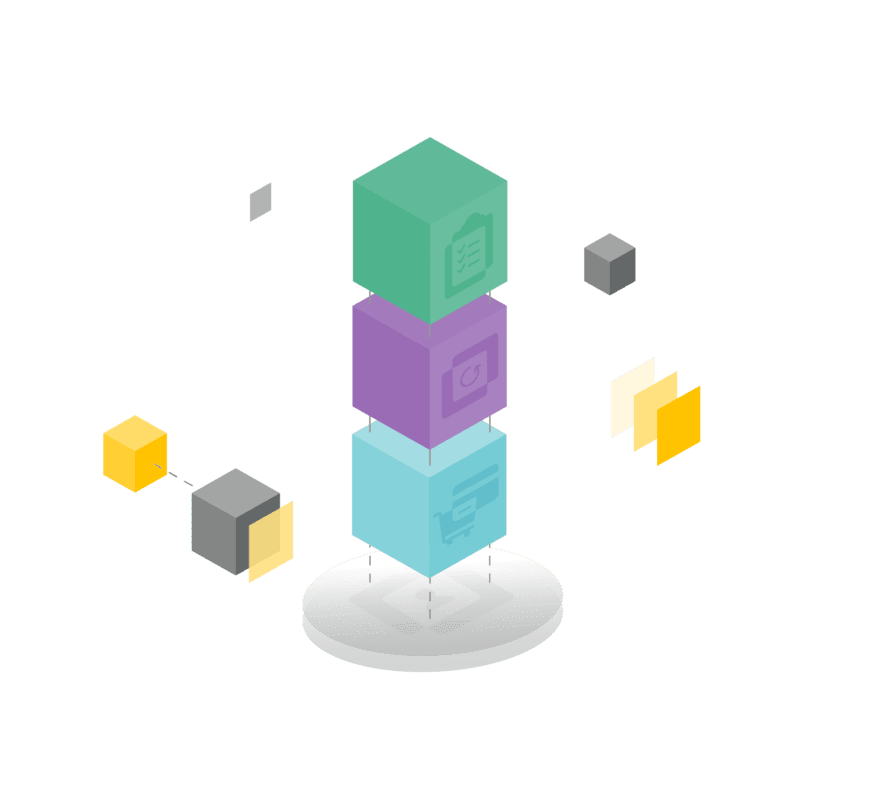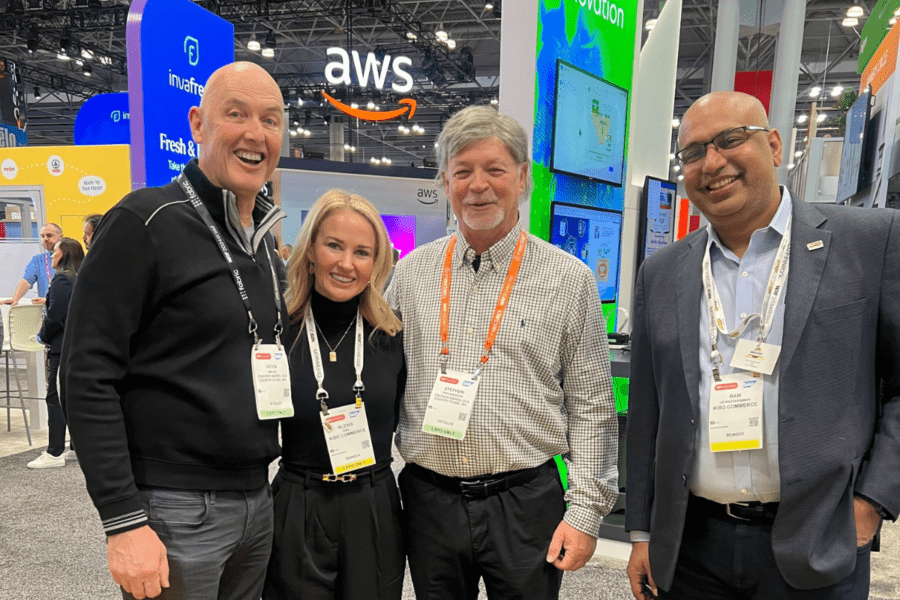
Navigate an Unpredictable World
Your Source for Composable Commerce Insights & Tips
Arm your teams with key insights, guides, datapoints, and more.

From Showroom to Smartphone: Actionable Digital Strategies for Furniture Retailers
The way consumers buy furniture has changed a lot in recent years. Thanks to new technology, evolved shopping habits, and shifts in the retail environment, it’s a whole new ball game. How can stores keep…

How AI/ML is Redefining Order Management
AI is rapidly paving its way into digital commerce by significantly reducing repetitive manual tasks, streamlining business workflows, and collecting large sets of data in no time. Today, order management systems are continuously looking to…

Shoptalk 2024 Recap: AI, Unified Retail, and Breaking Data Silos
The Kibo team headed to Las Vegas March 17-20 for Shoptalk, an annual conference that brings together retail leaders, innovators, and technologists to discuss the latest trends, insights, and what the industry’s future looks like.…

Order Management System Software 101
The proper management of orders stands as a crucial pillar to supporting operational success in a modern business landscape filled with shifting customer needs. When it comes to streamlining processes, optimizing resources, and enhancing customer…

Unleashing Efficiency and Growth in B2B Distribution
The distribution industry is experiencing unprecedented digital commerce growth, with B2B eCommerce sales expanding by 17% in 2023, reaching just over $2 trillion. This surge underscores the critical importance of digital transformation for distributors and…

The Definitive Guide to Omnichannel vs. Multichannel Commerce
As a business, you already know that making your products or services available for purchase across more than one channel is a really good idea. Not only does it allow you to diversify your distribution,…

Why Order Lifecycle Management Matters For Effective Business Operations
In short, efficient order lifecycle management leads to a better customer experience and a better customer experience leads to profitability. Whether you’re running a mid-market business or a Fortune 500 company, both should be the…

What is BOPIS? A Breakdown of Buy Online, Pick Up In Store Services
In the ever-evolving landscape of retail, businesses should constantly seek innovative ways to adapt to changing customer needs to secure sustainable success. That’s where the phenomenon gaining prominence in retail comes in. BOPIS, a revolutionary…

Practical Applications of Order Management Systems for Distributors
The ever-evolving competitive business landscape has brought in its unique challenges and opportunities for distributors, who are in a relentless pursuit of making their operations fast and efficient. Effective management of orders is a prerequisite…

What is Extensibility in eCommerce Solutions?
In this blog, we will explore the concept of software extensibility. Given our specialization in eCommerce at XCentium, our focus will be on how extensibility applies to eCommerce (B2C/B2B) solutions with a specific focus on…

A Note From Kibo CEO: Joining the MACH Alliance
Over the past several years, we’ve undergone a transformative journey, implementing substantial enhancements across Kibo’s order management, eCommerce, and subscription commerce solutions to better serve our clients and partners. At the heart of this transformation…

Understanding the Operational Side of Flexible Fulfillment
Today’s customer requires greater agility than ever before — they want faster, cheaper, and more accurate delivery options. Expectations for delivery times continue to shrink. According to McKinsey & Co., 90% of consumers view 2-3…

iResponsive: Kibo’s Trusted Partner for Customized Solutions
In today’s ever-evolving business landscape, companies seek adaptable solutions that align with their unique requirements. Enter iResponsive Solutions, a company that offers a trio of interlinked services—supply chain solutions, data transformation, and custom integration/development—to a…

B2B eCommerce Trends: 2024 and Beyond
B2B customers want an unbeatable experience from their vendors and expect quick, effortless buying, seamless shopping options, and self-driven convenience. According to McKinsey, they also prefer hybrid selling, which combines in-person, remote, and self-service interactions…

Inventory Segmentation: Benefits, Strategies, and Best Practices
Most company leaders would agree that managing inventory over the last few years hasn’t been easy. They faced inventory shortages during 2020 and 2021, followed by peak inventory levels in 2022 once the supply chain…

Recap: Kibo Partner Summit 2023
We’re fortunate to work with some of the most innovative technology providers and expert solution integrators in the commerce industry. And we recently had the chance to bring them all together for our annual Partner…

How to Increase Average Order Value
Understanding your customers’ shopping behaviors can help you make more informed decisions around sales and marketing strategies, pricing, inventory management, and more. One of the key metrics companies track to understand customer behavior is average…

10 Signs It’s Time to Look For a New Subscription Management Platform
Subscription commerce isn’t new, but the way companies manage subscriptions is evolving. Customers expect transparent, timely, and customizable subscription experiences, which typically go beyond the capabilities of a standard recurring billing platform. For the 51%…

Order Management System: Build, Buy, or Both?
Order management systems have undergone a transformation, evolving from mere back-office operational tools into pivotal components that significantly enhance the overall customer experience. It’s the engine that processes customer orders, manages inventory, and ensures timely…

The Role of an Order Management System in the Customer Journey
If you operate an eCommerce storefront, it should come as no surprise that the online competition is fierce. New alternatives to your products could appear online instantly. It becomes imperative to your success that you…

Discover the Modular Approach Order Orchestration
Modern, microservices-based, API-first technology powers our unified commerce platform. See how Kibo can change the way you deliver unified customer experiences.



